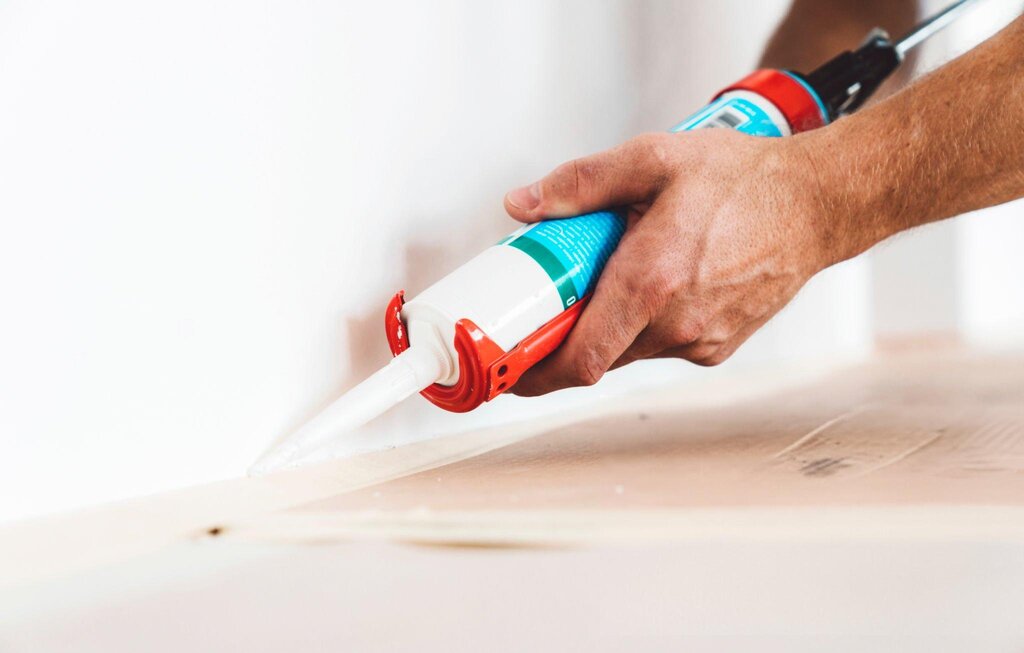Fire-proof sealants might look solid and untouched from the outside, but even the best ones wear down over time. Constant exposure to high temperatures, humidity, or regular movement in the surrounding structure can slowly reduce their performance. For places like warehouses, factories, or high-traffic buildings, staying on top of your sealant checks isn’t just smart, it’s necessary. These products are there to hold the line between fire spreading in seconds or being held in place until response teams arrive.
Letting small signs go unnoticed could put safety at risk or lead to expensive repairs down the track. Regular visual checks may help, but eventually you’ll need a professional set of eyes to be sure everything’s working as it should. A good inspection doesn’t just cover performance either. Most professionals also flag any signs of ageing, damage, or improper application you might have missed.
Common Signs Your Fire-Proof Sealants Need Inspection
If you’ve worked around sealed joints and fire-resistant components long enough, you’ll know they don’t just fall apart overnight. It’s often a slow process where signs build up little by little. Spotting them early makes all the difference. Here’s what to keep an eye on during day-to-day walkthroughs or maintenance checks:
– Cracks or separation – Any visible cracking along the seam of the sealant may point to changes in the surface, ageing, or movement in the materials. Gaps could mean the sealant has lost its stretch or adhesion.
– Discolouration – Changes in colour often happen due to heat exposure or contaminants. Yellowing, patchy dark spots, or uneven texture could all signal heat or chemical breakdown.
– Peeling or lifting – If the edge of the sealant starts to curl away from the surface, it likely isn’t bonding properly anymore. This could be from moisture pooling or incompatible materials being applied over time.
– Soft or sticky patches – Touch the surface gently with a gloved hand. If the sealant is still soft when it shouldn’t be, or tacky to the touch, it might not be curing or holding up well.
– Signs of moisture infiltration – Damp marks, rust streaks around the joint, or mould nearby may suggest gaps in the seal. Fire-proof sealants don’t just resist flame—they can keep moisture in check too.
One example we’ve come across saw a building with strip seals along a mechanical room begin to show dark staining. On closer look, the sealant had thinned near an exhaust vent. Turns out, the high heat and vibration from daily equipment use caused the material to shrink and crack, opening the door for moisture and reducing the fire rating drastically.
These aren’t just cosmetic issues. Each of them could mean your fire barrier isn’t doing its job anymore. If you come across even one sign, it’s a good idea to keep your maintenance log updated and schedule a proper inspection as soon as you can.
Environmental and Operational Factors That Accelerate Wear
Even when installed properly, fire-proof sealants can wear down faster depending on where and how they’re used. Heat, UV, and physical movement all play a big role. If your site sees constant fluctuations in temperature or houses equipment that generates high levels of heat, the sealants nearby will likely show signs of stress much sooner.
Temperature swings cause expansion and contraction in building materials. Over time, this movement can cause the sealant to separate or wrinkle, especially around corners or large joints. Cold conditions may make the sealant more brittle, while prolonged exposure to heat could soften it or make it sag. Either way, the product loses its ability to hold the line during a fire.
Constant exposure to sunlight also degrades many sealants. UV rays break down surface layers, leading to chalky residue or changes in texture. In areas where this kind of damage goes unchecked, you’re far more likely to see adhesion loss. Add moisture into the mix, and there’s a risk of both fire and water failing to stay contained.
Movement around sealed joints matters too. Warehouses with forklifts, heavy foot traffic, or vibration from surrounding machinery can be tough on the joints. These stress points silently wear at the seams over weeks or months.
Key operational or environmental concerns that increase wear include:
– Direct UV exposure on outdoor seals
– Daily temperature swings, especially near heating or cooling units
– Continuous mechanical movements or pressure
– Accidental impacts from moving equipment
– High humidity or moisture-prone zones with poor airflow
It often comes down to how the sealant interacts with its surroundings. Even if the initial application was solid, long-term threats like vibration, sun, or pressure can wear it out. By being aware of these conditions, crews can plan better inspection schedules and avoid last-minute surprises.
Why Professional Inspections Are Worth It
Walking around the building and glancing over joints now and again helps, but it’s not going to catch everything. A professional inspection does more than look for obvious warning signs. Trained eyes know how to spot subtle damage beneath the surface, like slight disbonding within a wall cavity or weakened stretches hidden under a cover plate.
Professionals bring experience along with the right tools and testing methods. Some issues, like sealant shrinkage or partial curing, aren’t always visible. An internal gap may look normal but fail under high temperatures. A certified inspector can pressure test, check bonding, or use imaging to pick up changes that wouldn’t show up during a standard walkthrough.
They also help keep things in line with standards. With fire-rated applications, compliance isn’t optional. Inspections can reveal if a product was used incorrectly, applied too thinly, or placed in the wrong environment. These kinds of mistakes often go unnoticed until it’s too late.
Having a professional check lets you sort things out before they turn into safety hazards. Inspections help catch failures that haven’t revealed themselves yet. They can also help plan the next round of maintenance and make sure repairs are made using materials that will last in your working environment.
One industrial site installed fire-proofing between walls separating furnace rooms and storage bays. A few months later, some material near duct penetrations started pulling loose. At first glance, everything else looked fine. But follow-up testing during the inspection showed that the wrong primer had been used for the surface. That slight mismatch meant the seal failed quicker than expected, even though it looked in place from the outside.
Professional inspections aren’t just about checking boxes. They protect people, property, and investments by making sure fire barriers actually hold when they’re supposed to. And that peace of mind goes a long way, especially in places where safety can’t be left to chance.
Making Sure Your Fire Protection Lasts
Even the best inspection process won’t make a difference if the materials used can’t withstand the conditions they’re exposed to. It starts with using fire-proof sealants that are made to handle real-world wear. That includes high temperatures, moisture, movement, and everything else that can weaken their hold over time.
It’s easy to assume that all fire-proof materials do the same job, but there’s a lot of variation in how they perform, especially under stress. Some are made for high-traffic areas, others for high heat or chemical resistance. Using the wrong one can shorten the life of your fire protection and lead to rework far earlier than expected.
For businesses operating in environments that demand strict safety standards, choosing the right materials can save time, money, and trouble long term. Sealants meant for fire resistance should also offer flexibility, adhesion, and fast curing depending on the site needs. When paired with a solid maintenance plan and professional inspections, this helps keep fire-rated joints reliable for much longer.
If you’re unsure whether the sealant system in place still meets performance needs, don’t leave it to guesswork. An ageing joint doesn’t always show visible signs, but with the right attention, it can be caught and corrected before it affects the structure’s safety.
Upgrade your building’s fire protection by choosing high-performance fire-proof sealants that are built to last. At VDB Adhesives, we offer solutions designed to handle tough environments, making it easier to stay compliant and safe. Speak with our team to find the right products for your site and keep your operations protected without disruption.

